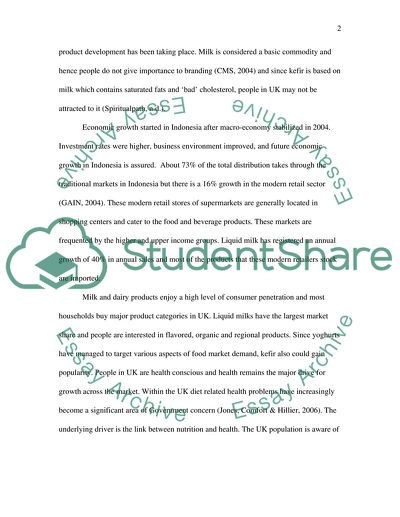Cite this document
(Healthy Eating and the UKs Major Food Retailers Assignment, n.d.)
Healthy Eating and the UKs Major Food Retailers Assignment. Retrieved from https://studentshare.org/health-sciences-medicine/1538668-report-on-the-operation-of-launching-russian-kefir-dairy-productsour-milk-in-uk-and-indonesia
Healthy Eating and the UKs Major Food Retailers Assignment. Retrieved from https://studentshare.org/health-sciences-medicine/1538668-report-on-the-operation-of-launching-russian-kefir-dairy-productsour-milk-in-uk-and-indonesia
(Healthy Eating and the UKs Major Food Retailers Assignment)
Healthy Eating and the UKs Major Food Retailers Assignment. https://studentshare.org/health-sciences-medicine/1538668-report-on-the-operation-of-launching-russian-kefir-dairy-productsour-milk-in-uk-and-indonesia.
Healthy Eating and the UKs Major Food Retailers Assignment. https://studentshare.org/health-sciences-medicine/1538668-report-on-the-operation-of-launching-russian-kefir-dairy-productsour-milk-in-uk-and-indonesia.
“Healthy Eating and the UKs Major Food Retailers Assignment”, n.d. https://studentshare.org/health-sciences-medicine/1538668-report-on-the-operation-of-launching-russian-kefir-dairy-productsour-milk-in-uk-and-indonesia.


